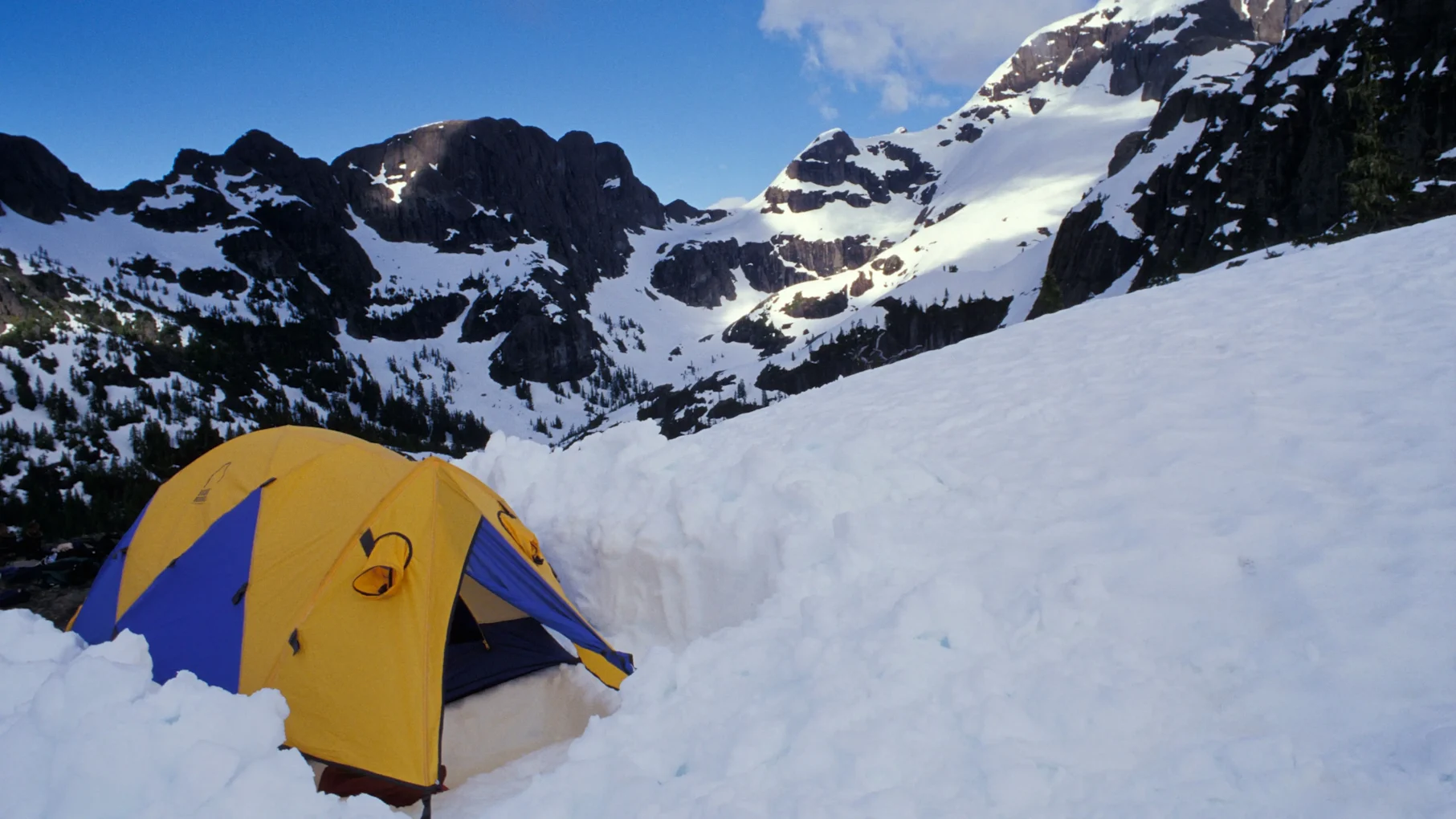The allure of winter camping is undeniable: crisp air, untouched landscapes, and a sense of adventure unlike any other. But let's be honest, staying warm in a tent when the temps drop can feel like an impossible feat. Fear not, with the right preparation and these handy tips, you can transform your tent into a toasty haven, even in the chilliest conditions.

Battling the Cold Earth
The ground is your biggest enemy when it comes to heat loss in winter camping. To combat this, ditch the flimsy plastic bag that came with your tent and invest in a proper footprint. This durable tarp sits under your tent, creating a crucial barrier between the cold ground and your precious shelter. It prevents moisture from wicking up into your tent and stops precious body heat from escaping downwards.
Choose an insulated sleeping pad specifically designed for winter, with an R-value appropriate for the expected temperatures. R-value basically tells you how well the pad resists heat transfer, so the higher the number, the warmer you'll be. Consider layering two pads for extra coziness, especially if you're a side sleeper who tends to lose heat through pressure points.
In a pinch, you can harness the power of nature for some bonus ground insulation. Gather dry leaves, pine needles, or straw (pack these out responsibly!) and create a thick layer under your footprint. While not as effective as dedicated gear, it can provide a surprising amount of warmth in an emergency.

Wall Off the Wind
Even the best tent can struggle against harsh winter winds. Here's how to create a windproof barrier:
If you're committed to winter camping, investing in a four-season tent is a wise decision. These tents are built with thicker materials, sturdier poles, and better wind resistance compared to their three-season counterparts. They might be heavier, but the extra warmth and peace of mind are worth it in freezing conditions.
For a more budget-friendly option, consider adding a tarp over your tent. Pitch it strategically to create a dead air space between the tarp and your tent, essentially trapping heat and deflecting wind. Remember to ensure proper ventilation to avoid condensation buildup inside your tent – nobody wants a soggy sleeping bag!
If you're blessed with abundant snowfall, don't underestimate the power of a good snow wall! Build a wall around your tent (leaving ventilation gaps), packing the snow tightly for maximum insulation. Snow is a fantastic natural insulator, and this trick can make a huge difference in keeping the wind and cold at bay.
Trap the Heat
Once you've built your windproof shell, it's time to focus on keeping that precious heat inside!
Invest in a tent liner made of reflective material like Mylar. This acts like a thermal blanket for your tent, reflecting your body heat back inwards and creating a noticeably warmer environment. Choose a liner that fits your tent snugly to maximize its effectiveness.
Don't underestimate the power of cozy blankets and quilts! Hang them inside your tent, creating an additional layer of insulation and trapping warm air.
This one's a bit of a wild card, but it can be surprisingly effective. Heat rocks safely in a campfire, wrap them in towels, and strategically place them inside your tent for temporary bursts of warmth. Just be mindful of condensation and fire safety – this is not a long-term solution, but it can be a lifesaver on a particularly chilly night.
Winter camping offers a unique opportunity to witness the beauty of nature in its snowy embrace. With the proper preparation and a positive attitude, you can create memories that will last a lifetime. So grab your gear, bundle up, and get ready to experience the magic of winter camping!
